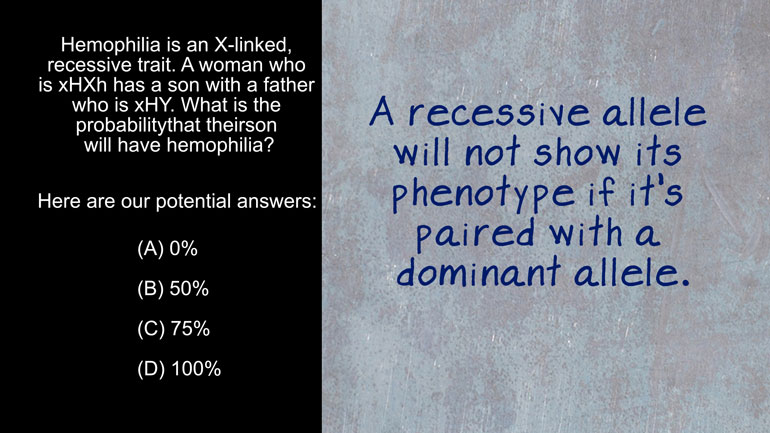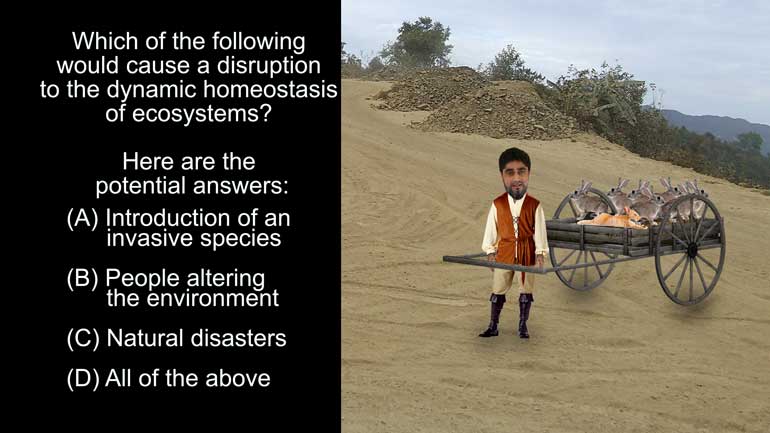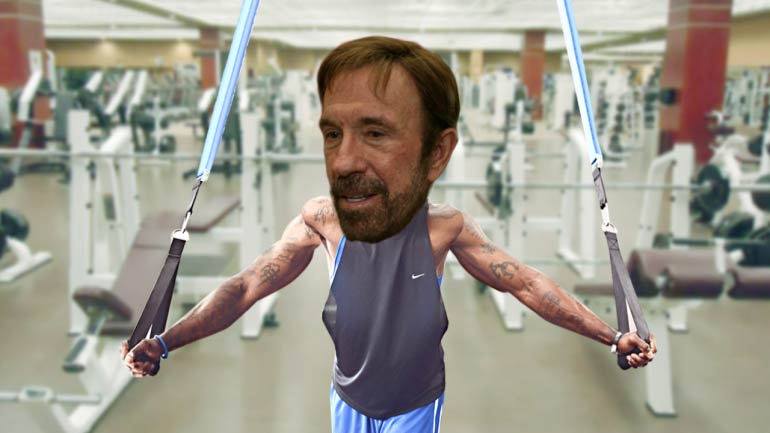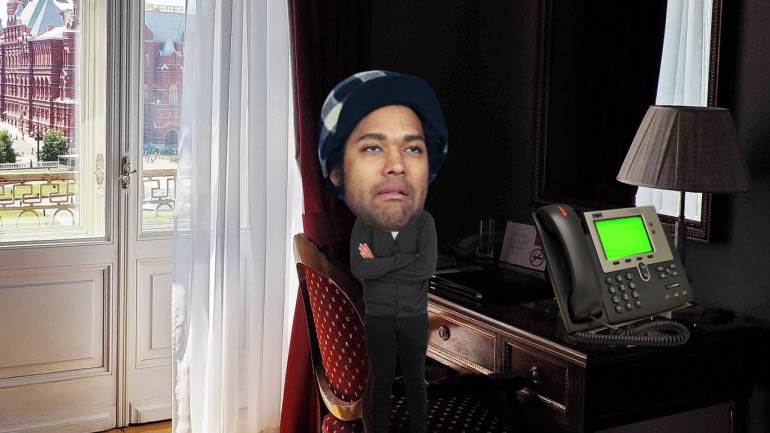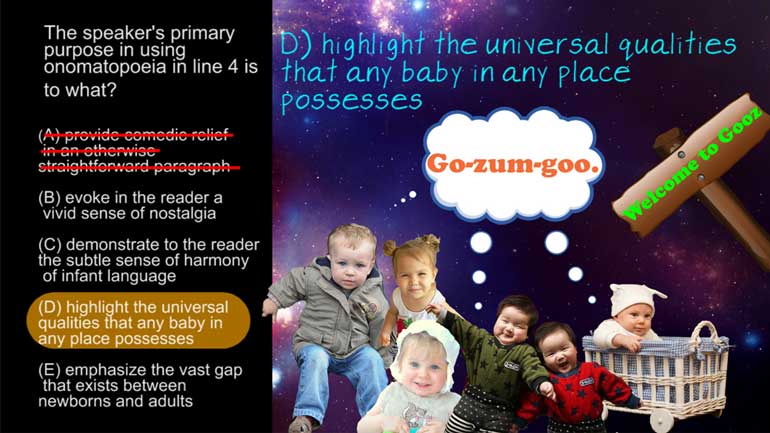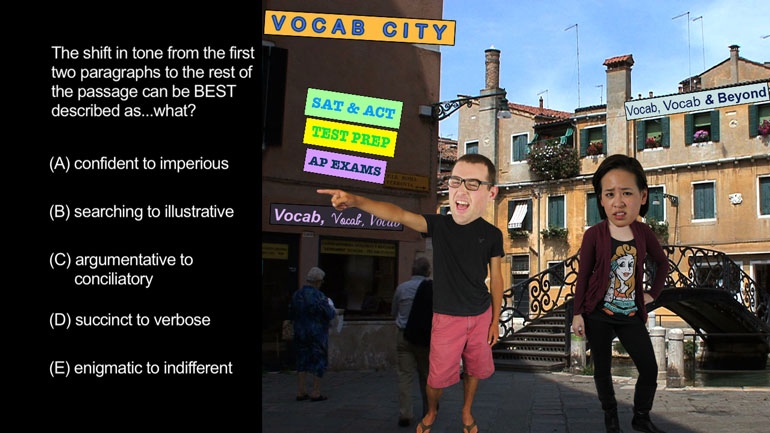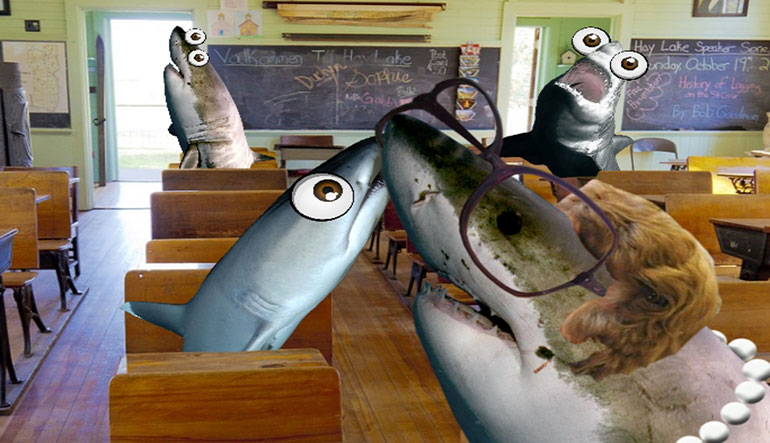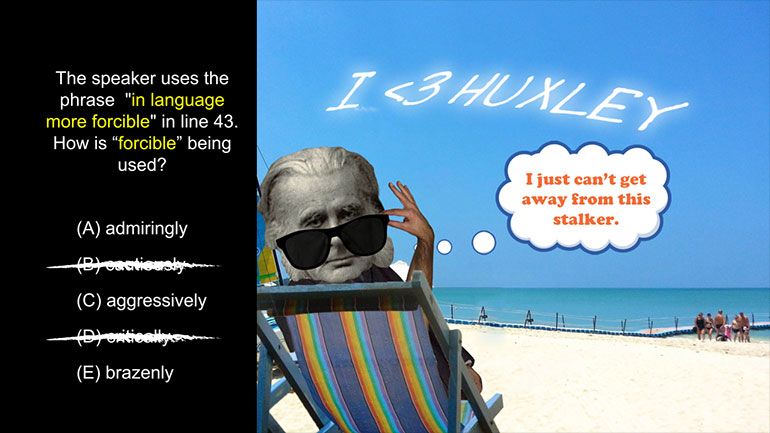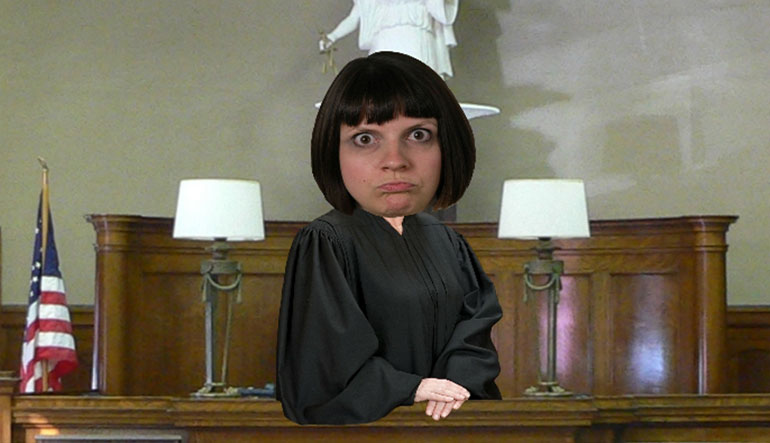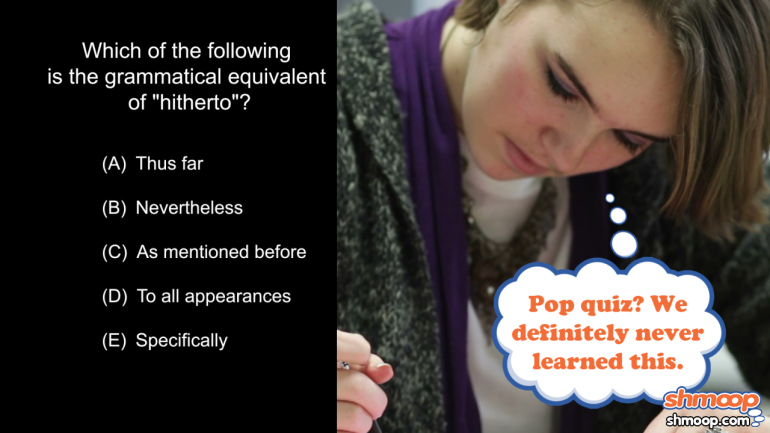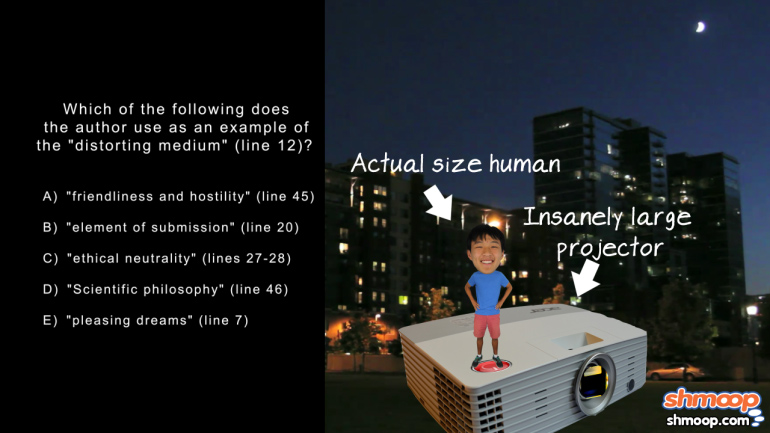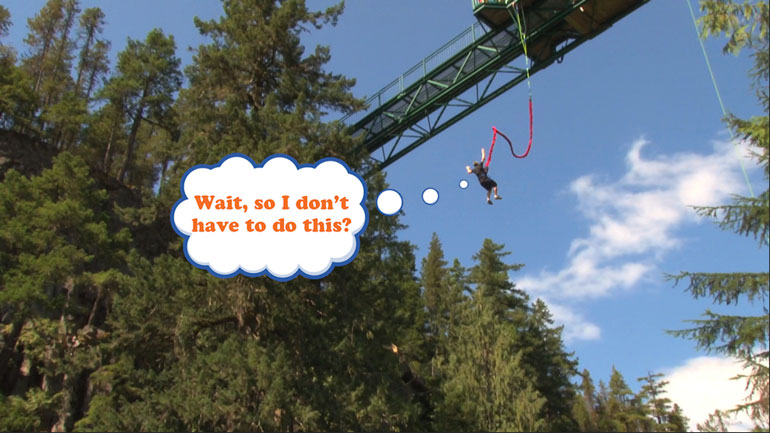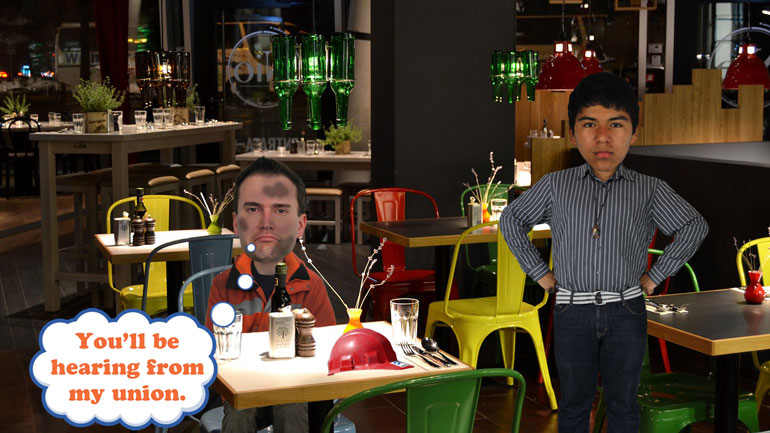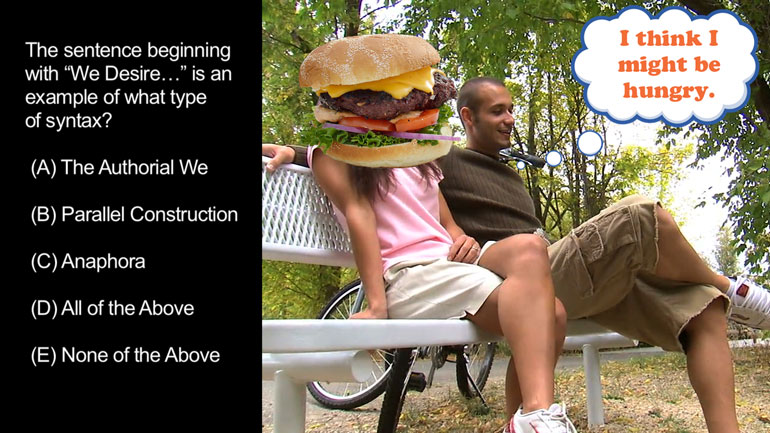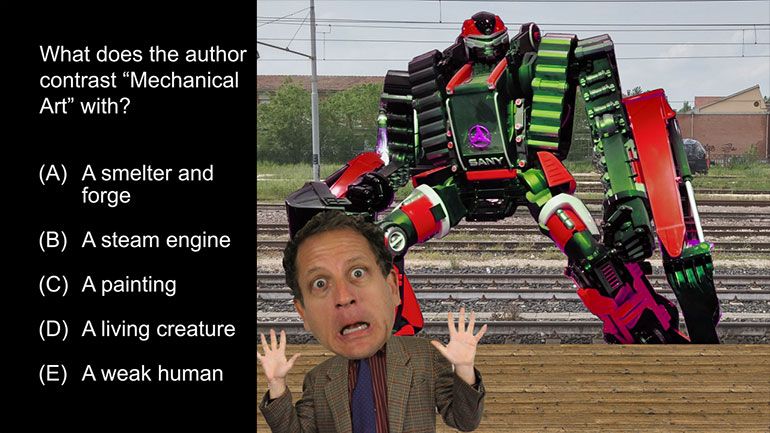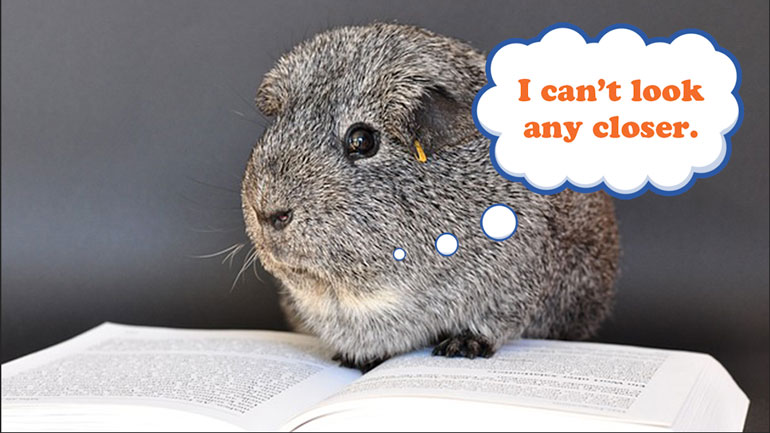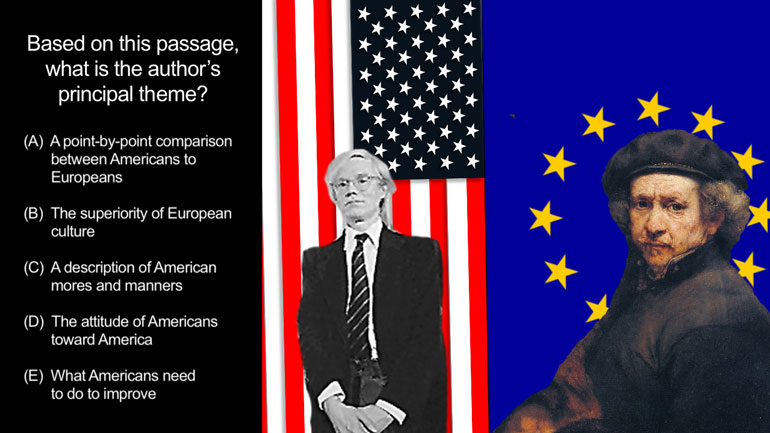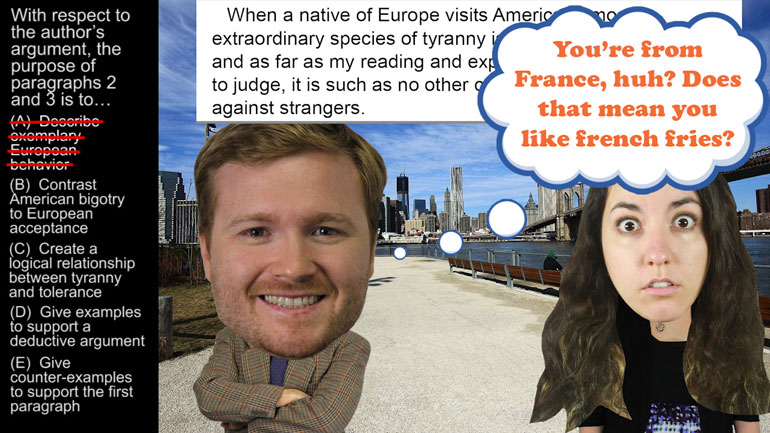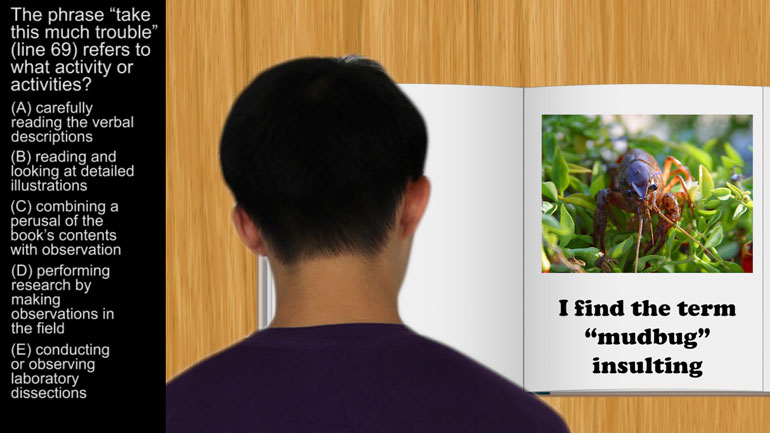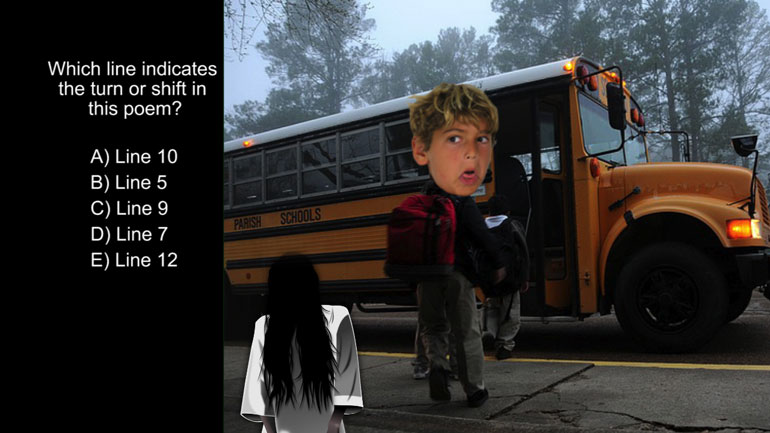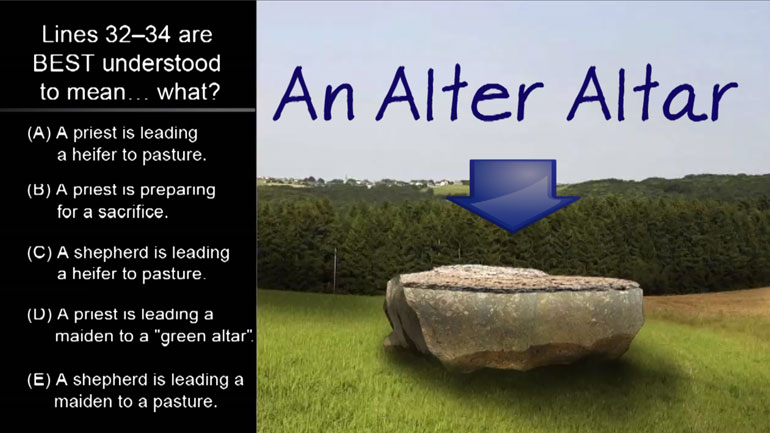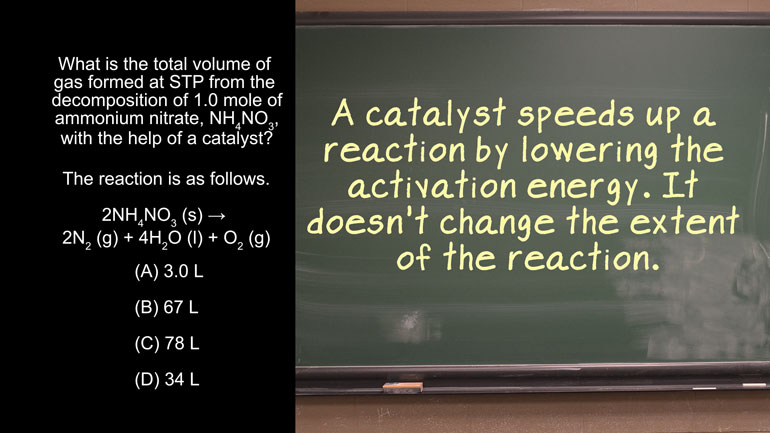ShmoopTube
Where Monty Python meets your 10th grade teacher.
Search Thousands of Shmoop Videos
AP Videos 1345 videos
AP Biology: Biological System Interactions Drill 1, Problem 1. Complete the sentence about a saturated fatty acid.
AP Biology: Essential Life Process Information Drill 1, Problem 1. If one parent is heterozygous for the sickle cell trait while the other par...
AP Biology: Evolution Drives the Diversity and Unity of Life Drill 1, Problem 1. The first cells on planet Earth were likely what?
AP Chemistry 1.5 Chemical Reaction Rates 42 Views
Share It!
Description:
AP Chemistry 1.5 Chemical Reaction Rates. What is the rate law for the reaction?
Transcript
- 00:03
And here’s your Shmoop du jour, brought to you by limits, know ‘em, love ‘em, [Students listening in class]
- 00:08
and maybe test ‘em every once in a while… But you didn’t hear that from us.
- 00:15
Assume that a reaction occurs by the mechanism given below. What is the rate law for the
- 00:20
reaction?
- 00:21
And here are your potential answers: To figure out the rate law, we need to consider [Spoiler alert sign and Pause button sign post]
Full Transcript
- 00:28
which step in the mechanism limits the rate of the overall reaction, which is called the
- 00:32
“rate limiting step.” …Creativity isn’t exactly a chemist's [A girl awarded a least creative trophy]
- 00:36
strong suit… Anyway, the rate limiting step is kind of
- 00:40
like your grandpa at the grocery store. You can’t walk down the aisle any faster than [Grandpa walks slowly down an aisle and blocks people]
- 00:45
grandpa… And neither can anyone else. Good thing grocery carts don’t have horns.
- 00:49
Just like your grandpa limits your rate of walking, the slowest step in a chemical reaction
- 00:54
mechanism limits the rate of the overall reaction. In this case, we know that the second step,
- 01:01
C reacts to form D, is the slow step. The rate of the overall reaction will be equal
- 01:07
to the rate of this second step. So the second step is a first order reaction [Chemist pouring a substance into an erlenmeyer flask]
- 01:12
with only one reactant, C. That means the rate law for this step is
- 01:17
The rate equals the rate constant times the concentration of C
- 01:22
And that’s the rate of our overall reaction! Ta-da!
- 01:25
But wait, that isn’t one of the final answer choices! What kind of a cheap trick is this? [magician reaches into tophat and hand is bitten by a rabbit]
- 01:31
Well… Remember that C is an intermediate species in this reaction. Our overall rate
- 01:36
law can’t include any intermediate species, so we need to rewrite this equation in terms
- 01:41
of the reactants, species A and B.
- 01:44
The first step in the reaction mechanism, an equilibrium between A and B
- 01:49
and C, is fast. We can assume this step is at equilibrium, so the rate at which A and [A+B on one side of see-saw and C on the opposite]
- 01:56
B are consumed is equal to the rate at which C is formed: In equation form, that means:
- 02:01
the rate constant times concentration of a times concentration of b equals the rate
- 02:08
constant times the concentration of c. Equality for all As, Bs, and Cs! [A, B, C and D letters in the street and D runs away]
- 02:14
Ds can get lost. Anyway, we already figured out that the overall
- 02:17
reaction rate = the rate constant times the concentration of C.
- 02:23
Now we know that the rate constant times the concentration of C equals
- 02:28
the rate constant times the concentration of a times the concentration of b. That means
- 02:32
our overall reaction rate is the rate constant times concentration of a times
- 02:36
concentration of b! Long, concentration-filled story short, that
- 02:39
means C is the correct answer. So next time you’re eating some delicious [Kid jumps up on a kitchen counter for cookies]
- 02:44
fresh-baked cookies, maybe you should make sure the rate limiting step is your dignity
- 02:49
and not how quickly your mom can work that frosting knife.
Related Videos
AP Chemistry 1.3 Chemical Reaction Rates. What is the overall order of the reaction?
AP Chemistry 1.4 Chemical Reaction Rates. What are the correct units for a second order rate constant?
AP Chemistry 3.2 Laws of Thermodynamics. What is the value for ΔG?
AP Chemistry 3.1 Laws of Thermodynamics. What is the change in enthalpy of this reaction?

















